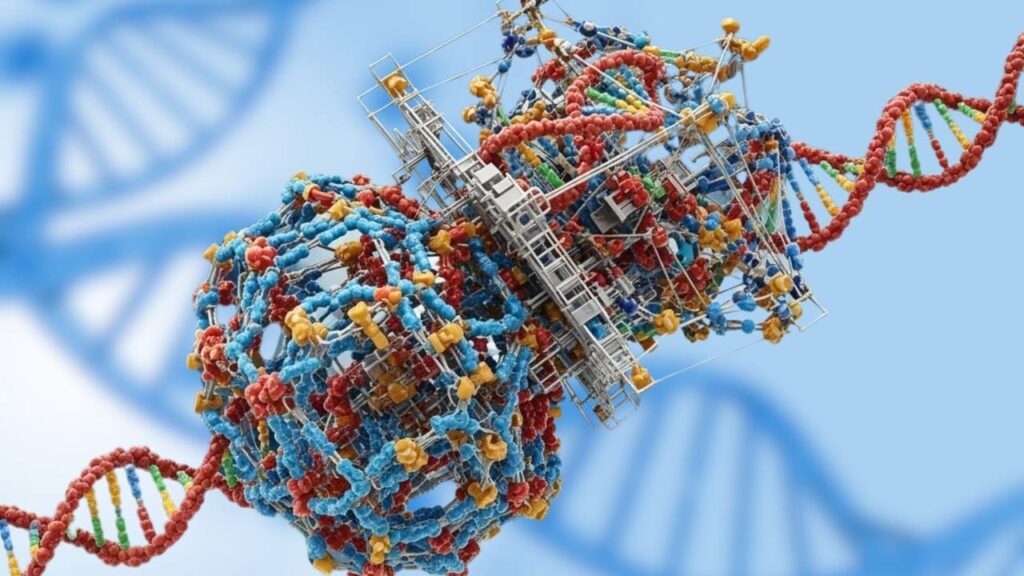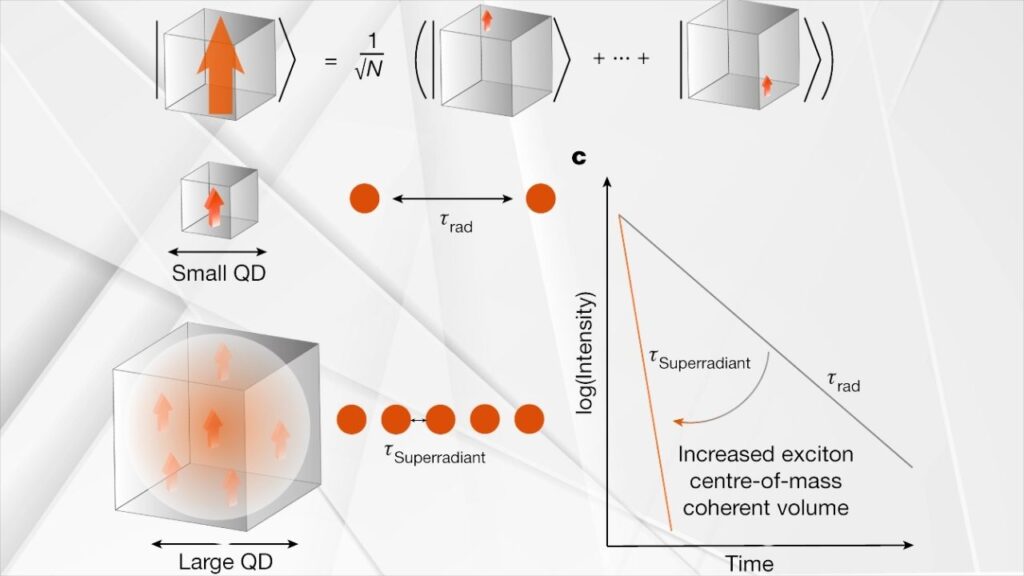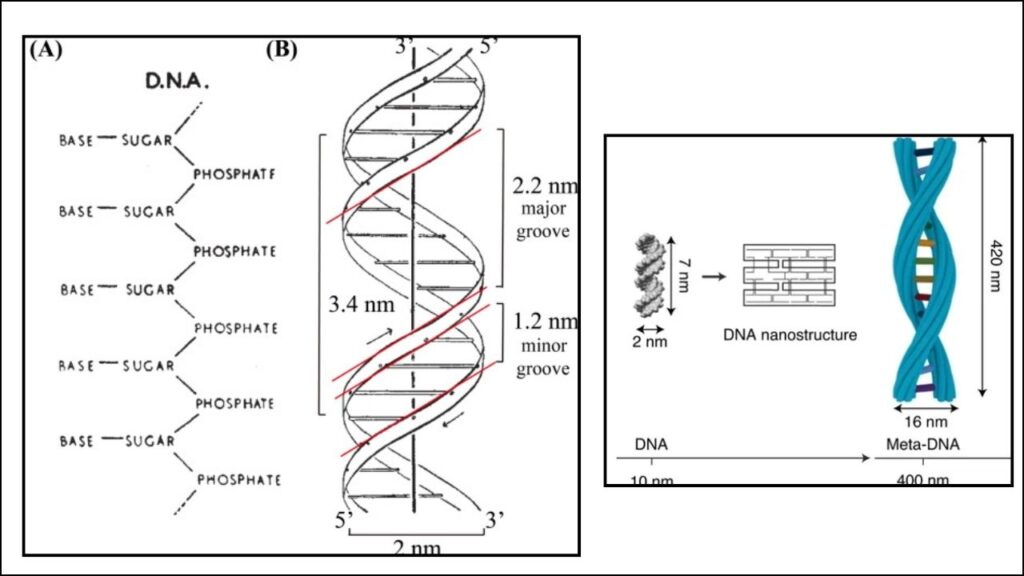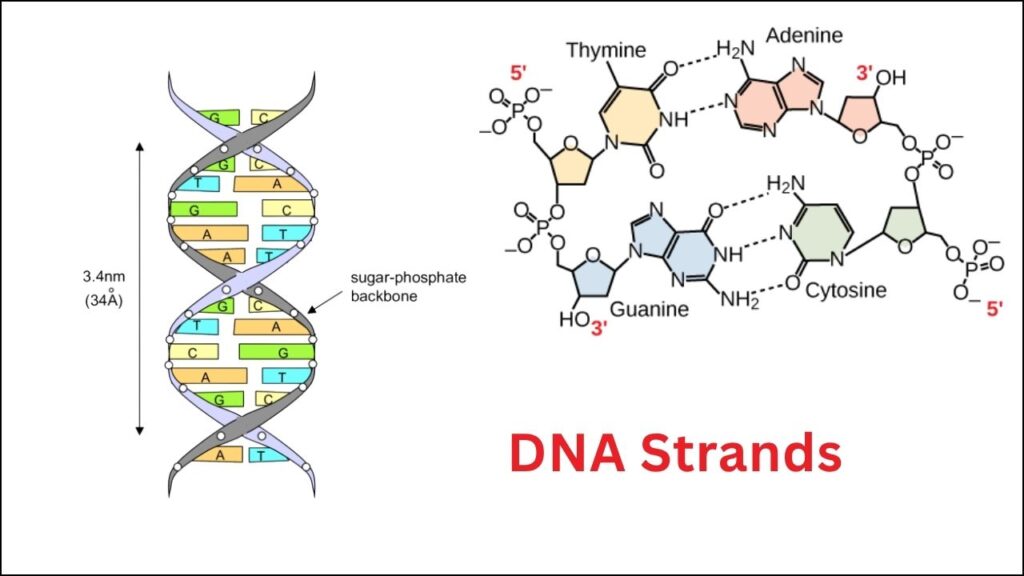DNA Enabled Nanostructures: Imagine a world where light sources are so efficient and precise that they could power the next generation of quantum computers, ultra-secure communications, and even revolutionize medical imaging. This is not science fiction—it’s the promise of DNA enabled nanostructures proposed to achieve superradiance for quantum light sources.

In this article, we’ll break down what this means, why it matters, and how DNA nanotechnology could be the key to unlocking a brighter, more quantum future.
DNA Enabled Nanostructures
| Feature/Fact | Details |
|---|---|
| Superradiance | Light intensity scales quadratically with number of emitters, not linearly |
| DNA Nanotechnology | Enables nanometer-precision placement and orientation of quantum emitters |
| Potential Applications | Quantum light sources, quantum computing, secure communications, advanced imaging |
| Current Challenge | Achieving precise emitter spacing and orientation for practical superradiance |
| Official Resource | Nature Nanotechnology |
DNA enabled nanostructures proposed to achieve superradiance for quantum light sources represent a thrilling intersection of biology, physics, and engineering. By harnessing the power of DNA as a nanoscale construction material, scientists are on the verge of creating light sources that are not only brighter and more efficient but also programmable and scalable for future quantum technologies. While challenges remain, the progress so far is a testament to human ingenuity and the endless possibilities at the smallest scales.
What Is Superradiance?
Superradiance is a special quantum effect first described by physicist Robert Dicke in 1954. In simple terms, when a group of tiny light emitters (like quantum dots or molecules) are placed very close together and work in perfect harmony, they can shine much brighter than if each worked alone. Instead of the brightness (intensity) increasing in a straight line as you add more emitters, it increases much faster—like a rocket taking off! This is called quadratic scaling.

Example:
If you have 10 regular light bulbs, you get 10 times the brightness of one bulb. But with superradiance, 10 special bulbs working together could give you 100 times the brightness!
This effect is important for quantum light sources—devices that produce single particles of light (photons) on demand, which are essential for quantum computers and ultra-secure communication systems.
How Does DNA Nanotechnology Fit In?
DNA nanotechnology is the science of building tiny structures using the same material as our genes—DNA! But instead of making life, scientists use DNA as a construction material to build shapes and patterns at the nanoscale (a nanometer is a billionth of a meter).

Why Use DNA?
- Programmable: DNA strands stick together in predictable ways, so scientists can “program” them to form almost any shape.
- Precise: DNA can be used to place other molecules (like quantum dots) exactly where they are needed, with nanometer accuracy.
- Versatile: DNA structures can be designed to hold, move, or even “steer” other tiny objects, like a molecular robot.
Building Superradiant Structures
To achieve superradiance, emitters must be:
- Very Close Together: Much closer than the wavelength of light they emit.
- Perfectly Aligned: Their “dipoles” (think of them like tiny arrows showing the direction of light emission) must point the right way.
- Coherent: They must work together, like a choir singing in perfect harmony.
DNA origami—a technique where a long DNA strand is folded into a specific shape using shorter “staple” strands—lets scientists build scaffolds that can hold quantum emitters in exactly the right spots and orientations.
Practical Steps: How Scientists Build DNA-Enabled Superradiant Structures
1. Design the DNA Scaffold
Scientists use computer programs to design a DNA origami shape—a flat sheet, a tube, or even a 3D box. The design includes “attachment points” where emitters will be placed.
2. Synthesize the DNA
The DNA strands are made in the lab, then mixed together. They naturally self-assemble into the desired shape, like a puzzle snapping together.

3. Attach Quantum Emitters
Special chemical tags are added to the DNA at specific spots. These tags grab onto quantum emitters (like quantum dots or dye molecules), locking them in place.
4. Test for Superradiance
The finished structure is illuminated, and scientists measure the light it emits. If the emitters are close enough and aligned, the structure should show superradiant behavior—much brighter and faster emission than individual emitters alone.
Why Is This Important? (For Kids and Pros Alike!)
For Kids:
Think of building with LEGO blocks. If you put the blocks close together in a special way, you can make a super-strong tower. DNA nanotechnology is like using the tiniest LEGO blocks in the world to build super-bright light sources!
For Professionals:
Superradiant quantum light sources could:
- Boost quantum computing speed and reliability
- Enable ultra-secure quantum communications
- Improve medical imaging with brighter, more controlled light
- Open new frontiers in nanophotonics and optoelectronics
Real-World Applications and Future Potential
- Quantum Computing: Superradiant sources can provide the single photons needed for quantum bits (qubits).
- Medical Imaging: Brighter, more precise light sources can improve resolution and reduce exposure times.
- Secure Communications: Quantum light sources are the backbone of quantum key distribution, making eavesdropping impossible.
- Artificial Photosynthesis: Mimicking nature’s light-harvesting complexes for clean energy.
Challenges and Current Research
Despite the promise, several hurdles remain:
- Precise Placement: Achieving nanometer-precision for large numbers of emitters is technically demanding.
- Stability: DNA structures can be fragile, especially under light or radiation.
- Scalability: Moving from single structures to mass production is a major engineering challenge.
Researchers are developing new methods to strengthen DNA nanostructures, improve attachment chemistries, and automate assembly to make superradiant devices practical for real-world use.
Quantum Multimode Encoding Breakthrough Promises Higher Data Density and Efficiency
Photonic Quantum Processors Show Enhanced Machine Learning Capabilities Even at Small Scale
FAQs About DNA Enabled Nanostructures
What is superradiance in simple terms?
Superradiance is when a group of tiny light sources work together so well that they shine much brighter than if each worked alone.
Why use DNA to build nanostructures?
DNA is programmable, precise, and versatile, making it ideal for building tiny structures that can hold and organize other molecules at the nanoscale.
Are DNA nanostructures safe?
Yes! DNA used in nanotechnology is synthetic and not alive. It cannot cause genetic changes or infections.
Can these technologies be used today?
Some applications, like DNA-based drug delivery, are already in clinical trials. Superradiant quantum light sources are still in the research phase but are advancing rapidly.






